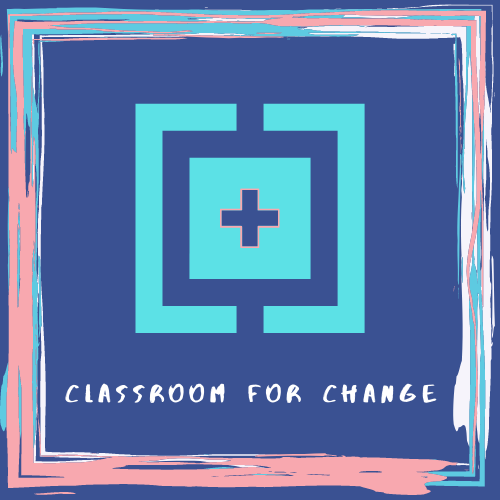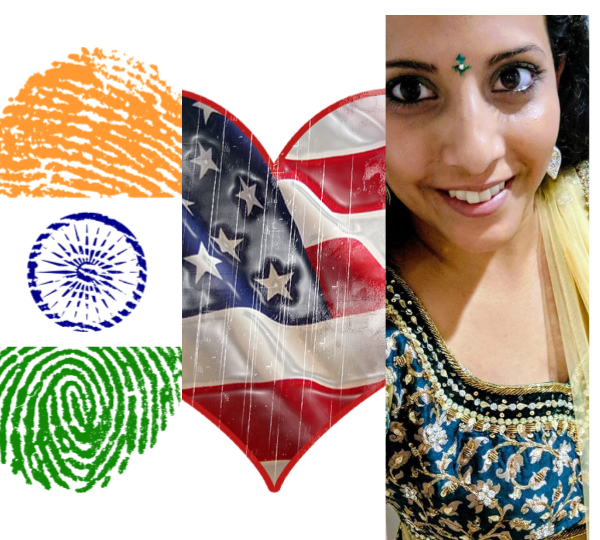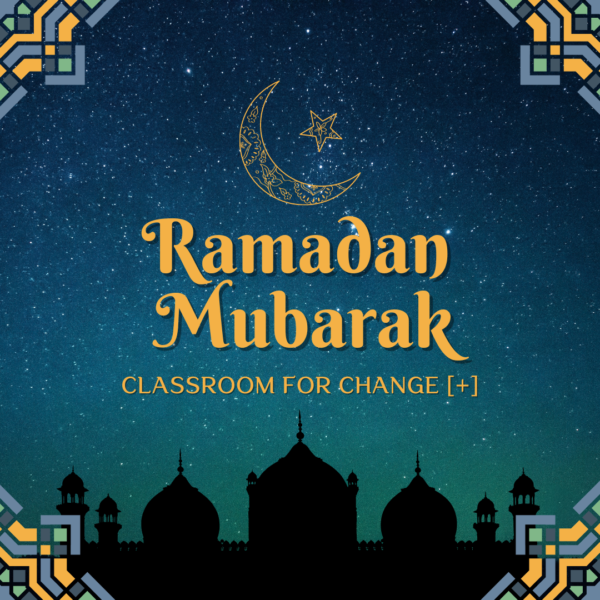Whose stories are being told in our classrooms? Which ones are shared? Which ones are celebrated? Those are questions I never thought about as a classroom teacher. Of course, I valued diversity and worked hard to incorporate multicultural texts as part of culturally responsive teaching so that my students would be able to learn about places and people other than their own. However, when I look back on the early years of my teaching career, I realize that I didn’t do enough.
As bell hooks (1994) in her book, Teaching to Transgress: Education as the Practice of Freedom, so eloquently put it:
To educate as the practice of freedom is a way of teaching that anyone can learn. That learning process comes easiest to those of us who also believe that our work is not merely to share information but to share in the intellectual and spiritual growth of our students. To teach in a manner that respects and cares for the souls of our students is essential if we are to provide the necessary conditions where learning can most deeply and intimately begin (p. 13).
bell hooks, Teaching to Transgress
Without a doubt, I respect and care deeply for all of my students. However, one way in which I failed them is by not including more stories in which they may have seen themselves and others. It’s true that an overwhelming majority of the students at my school were White and from wealthy families. Therefore, critics might make the argument that the literature dictated by our curriculum should reflect the school’s population. Thank goodness that wasn’t the case. Our head of school and teachers took the initiative to reexamine our reading materials to make sure they were still in line with our values and the message we wanted to send to our students. We purged anything and everything that perpetuated prejudice and racist views–mostly older novels written by White authors. It was a collaborative effort and I was proud of my colleagues for wanting to diversify our school and classroom libraries even though every single one of them was White. In his article, “Opportunities for White People in the Fight for Racial Justice: Moving from Actor to Ally to Accomplice,” Jonathan Osler says “…for real change to occur, we must confront and challenge all people, policies, systems, etc., that maintain privileges and power for White people.” My colleagues did just that by banning together as “Accomplices” in the fight against racism as we rid ourselves of books that had no place in our school.
Some might ask why the diversification of our classroom content matters. To them I would say this, schools are microcosms of our society. Our society is growing in demographic diversity, so what message are we sending our children if we aren’t acknowledging their voices, their stories? It’s critical for all students, white and non-white, to hear counter narratives because there’s always more than one side of the story, and the “other” side of the story is just as important. By telling and repeating only one side of the story, we send a message that one side has more value than the other and that one side is right while the other is wrong. This way of thinking is toxic because certain groups of people benefit from this mindset, and if this occurs, equity cannot be obtained and diversity cannot be celebrated.
To fully create an equitable classroom and support student learning, we must meet the needs of our students who are representatives of diverse ethnicities, religions, languages, learning styles, socio-economic backgrounds, and cultures. It is our duty as educators to teach lessons that are culturally responsive and culturally sustaining as well as welcoming of each child’s unique learning style, contributions, and gifts. In her article, “But That’s Just Good Teaching!,” Gloria Ladson Billings (1995) explains that culturally relevant pedagogy must include three criteria: students must experience success, they must develop cultural competence, and lastly, they must foster a critical consciousness in which they challenge the status quo. What’s challenging is that the standardization of American education places more value on high stakes test scores and less value on real student learning and individualized instruction. How do we combat this? By arming teachers with resources and allowing them the creativity to develop engaging, multimodal lessons about current topics, we can further reach our students by recognizing their multiple intelligences. Howard Gardner’s multiple intelligences theory still has a place in classrooms today, even twenty years later. We can better serve students of all backgrounds and cultures by uniting them in learning within their classroom communities. In his article, “White Americans in a Multicultural Society: Re-thinking Our Role,” author Gary Howard (1993) raises an inarguable point and puts things into perspective:
Sometime during the first half of the twenty first century, a profound transition will take place in the United States: white Americans will lose their status as the numerical majority. In a nation where the term “minority” has traditionally meant people of color, this new reality will require a significant rearranging of our psychic maps, particularly for White Americans. (p. 1)
Gary Howard, “White Americans in a Multicultural Society”
Furthermore, he calls attention to the “prolific outpouring of anti multicultural sentiment from some of the most educated and accomplished members of white academic circles” (p. 2). He adds, “Too many segments of our white American population remain committed to their position of dominance, willing to defend it and legitimize it even in the face of overwhelming evidence that our world is rapidly changing” (p. 1). Our world is rapidly changing, but who said that’s a bad thing? It’s a call to action. As an educator for equity, I must provide all my students with the learning opportunities they deserve. What do they deserve? They deserve to be heard, appreciated, and celebrated. We’ve spent too much time ignoring their stories. Their stories are the counterstories. Allied counterstories are of equal importance and deserve a place in the classroom, too. We need more Allies and Accomplices. By selecting and sharing stories that speak to students of color, we validate who they are. It’s up to us to have conversations with our kids about various cultures that are different from their own and to open their eyes to the social justice issues of our time. By speaking out about equity, raising awareness of social justice issues, and being the change we wish to see, we will make change.
What happens when counterstories and allied counterstories attack? They fight back ignorance. They break through stereotypes. They tear down walls of fear. They build bridges of understanding. They become important. Diversity not only brings fresh perspectives and innovative ideas but also multiplies our talents as a collective whole. Our planet has always been diverse, so why shouldn’t we embrace the world? It’s about time.







![Took a break from school & work (aka doc life) and enjoyed a night of beer & bingo with my Kent Island crew to celebrate our friend Reena Patel! 🥳 Music Bingo is officially my favorite kind of BINGO. 😜 I had fun brushing up on my country music with these girls and am ready for a round of pop, rock, + hip hop! 🎵 Ten Eyck and "Chesapeake Chris" ain't ready! 😂
Happy Birthday to our cowgirl! We love you, Reena! 🎉🤠🍻🎶 @reeenapatel
#Cowgirls #HappyBirthday #KentIslandCrew #Breaktime #BeerandBingo #MusicBingo #LettheGoodTimesRoll #ClassroomforChange [ + ]](https://classroomforchange.com/wp-content/plugins/instagram-feed/img/placeholder.png)